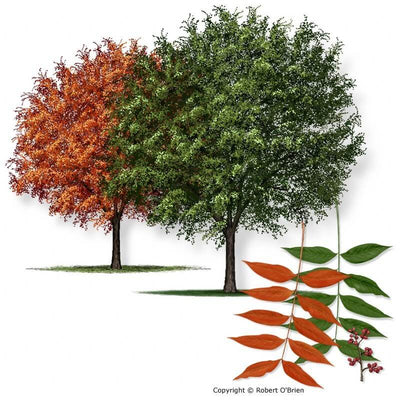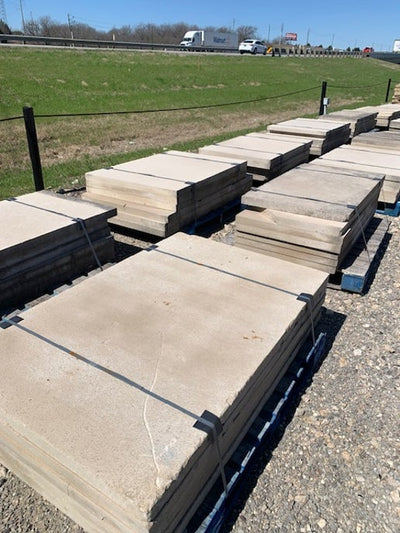Oak Monterrey
Oak Monterrey
Product Installation Cost Estimator
Estimated Total Price
Loading installation fees...
1. Installation Option
Description: The Monterrey Oak is a medium to large-sized tree with a rounded crown and a spreading canopy. It typically grows to heights of 40 to 60 feet (12 to 18 meters) with a similar spread, though it can sometimes reach heights of up to 80 feet (24 meters) under optimal growing conditions. The tree features dark green, lobed leaves that are similar in appearance to those of the White Oak (Quercus alba), with deeply indented lobes and a glossy surface. In the fall, the foliage turns shades of yellow, orange, and red before dropping, adding seasonal interest to the landscape. The bark of the Monterrey Oak is smooth and gray when young, becoming rough and furrowed with age.
Best Growing Zones: The Monterrey Oak is well-suited to USDA hardiness zones 7 through 10. It thrives in warm, temperate climates with mild winters and is relatively tolerant of heat, drought, and poor soil conditions. Monterrey Oaks are commonly found in Mexico, but they can also be grown in other regions with similar climates, including parts of the southwestern United States.
Soil Requirements: Monterrey Oaks prefer well-drained soil but can tolerate a variety of soil types, including clay, loam, and sandy soil. They are relatively drought-tolerant once established but benefit from regular watering, especially during periods of drought. Adding organic matter to the soil can improve fertility and drainage.
Maintenance: Monterrey Oaks are relatively low-maintenance trees. They require minimal pruning but can be trimmed to remove dead, diseased, or crossing branches and to maintain a strong and attractive form. Pruning is typically done in late winter or early spring before new growth begins. Monterrey Oaks are relatively pest and disease resistant but may occasionally be affected by issues such as oak wilt, powdery mildew, or aphids. These problems can usually be managed with proper cultural practices.
Landscape Use: Monterrey Oaks are valued for their attractive foliage, fall color, and adaptability to a variety of growing conditions. They can be used as shade trees, specimen trees, or street trees in parks, large landscapes, and residential yards. They are also suitable for planting along streets, driveways, or property boundaries, where their spreading canopy provides shade and visual interest. Additionally, they provide habitat and food for wildlife, making them valuable components of wildlife gardens and naturalized areas.











